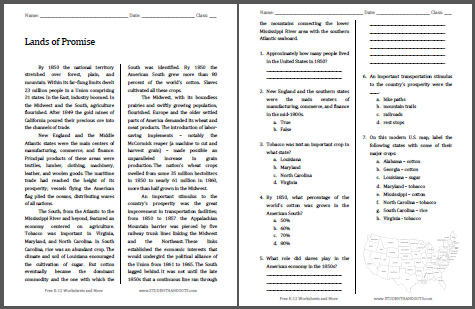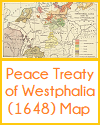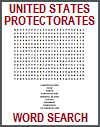| Lands of Promise Reading with Questions |
|---|
| www.studenthandouts.com ↣ American History ↣ American History Readings with Questions |
 By 1850 the national territory stretched over forest, plain, and mountain. Within its far-flung limits dwelt 23 million people in a Union comprising 31 states. In the East, industry boomed. In the Midwest and the South, agriculture flourished. After 1849 the gold mines of California poured their precious ore into the channels of trade.
By 1850 the national territory stretched over forest, plain, and mountain. Within its far-flung limits dwelt 23 million people in a Union comprising 31 states. In the East, industry boomed. In the Midwest and the South, agriculture flourished. After 1849 the gold mines of California poured their precious ore into the channels of trade.New England and the Middle Atlantic states were the main centers of manufacturing, commerce, and finance. Principal products of these areas were textiles, lumber, clothing, machinery, leather, and woolen goods. The maritime trade had reached the height of its prosperity; vessels flying the American flag plied the oceans, distributing wares of all nations. The South, from the Atlantic to the Mississippi River and beyond, featured an economy centered on agriculture. Tobacco was important in Virginia, Maryland, and North Carolina. In South Carolina, rice was an abundant crop. The climate and soil of Louisiana encouraged the cultivation of sugar. But cotton eventually became the dominant commodity and the one with which the South was identified. By 1850 the American South grew more than 80 percent of the world's cotton. Slaves cultivated all these crops. The Midwest, with its boundless prairies and swiftly growing population, flourished. Europe and the older settled parts of America demanded its wheat and meat products. The introduction of labor-saving implements—notably the McCormick reaper (a machine to cut and harvest grain)—made possible an unparalleled increase in grain production. The nation's wheat crops swelled from some 35 million hectoliters in 1850 to nearly 61 million in 1860, more than half grown in the Midwest. An important stimulus to the country's prosperity was the great improvement in transportation facilities; from 1850 to 1857 the Appalachian Mountain barrier was pierced by five railway trunk lines linking the Midwest and the Northeast. These links established the economic interests that would undergird the political alliance of the Union from 1861 to 1865. The South lagged behind. It was not until the late 1850s that a continuous line ran through the mountains connecting the lower Mississippi River area with the southern Atlantic seaboard. Click here to print. |
 |  |  |  |  |
| www.studenthandouts.com ↣ American History ↣ American History Readings with Questions |








